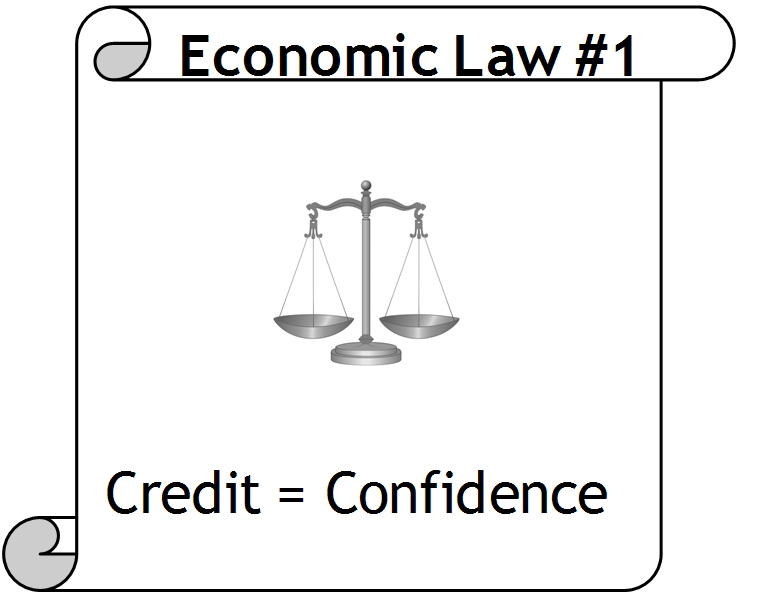<< Read More: Inflation (Part I)
At one point in the history of the United States, gold and silver coins were money. I use the term money since it satisfies the criteria defined in Part I of this article series. For reasons of practicality and safety, these coins could be stored in depositories issuing certificates redeemable for the coins. The depositories also charged a fee for storage. The depository served a warehouse function and the certificates were the warehouse receipt. The depository collected a storage fee for their services and the certificates were widely accepted as money. It was a reasonable arrangement. These certificates were deemed “as good as gold” and served as payment for goods and services and for repayment of debt. The certificates satisfied the criteria of money. Whoever presented certificates at the depository was entitled to the stated amount of gold or silver on the certificate.

The owners of these depositories recognized that at any point in time, the amount of gold/silver on deposit was more than adequate to pay the certificate bearers. This condition is perfectly logical since as long as the certificate users had confidence in the existence of gold/silver in the depository, there was no need to withdraw the physical metal. The owners of the depositories used this to their advantage. They began to issue certificates well in excess of gold and silver deposits. Since these depositories issued certificates with interest consideration, it became profitable for the depositories to continue their issuance. This additional issuance is another example of what we call inflation. A greater amount of money (the certificates) pursued the same amount of goods and services in the economy relative to the existing wealth in the economy. As a result, our store of wealth criteria for money was altered since each outstanding certificate had less purchasing power than before. Additionally, the person given these extra certificates had not provided any wealth (gold/silver) in the transaction with the depository. The depository acquired no material item produced by human effort.













Leave A Comment